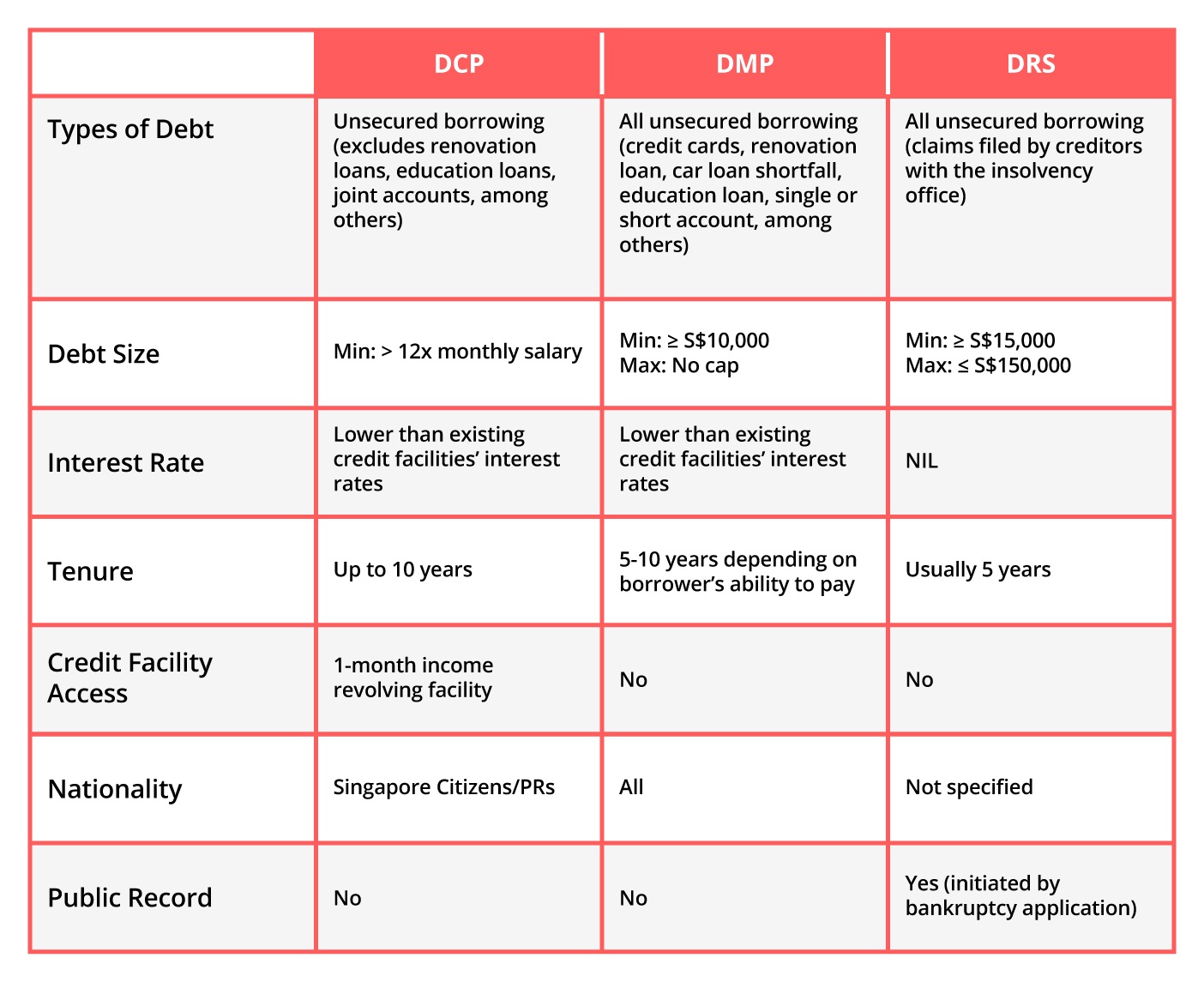Exactly how to Pick the Best Debt Combination Plan: More Discussion Posted Here
Exactly how to Pick the Best Debt Combination Plan: More Discussion Posted Here
Blog Article
Whatever You Need to Learn About Creating an Individualized Financial Obligation Management Strategy
In the realm of personal money, developing a customized financial obligation administration plan is commonly the foundation of accomplishing monetary stability and tranquility of mind. By meticulously examining your current economic obligations, establishing attainable monetary goals, and crafting a functional budget, you lead the way for efficient debt repayment strategies. Nevertheless, the journey to financial liberty is not only about initial planning; it additionally calls for recurring surveillance and modifications to make sure ongoing development. As you browse the intricacies of producing a personalized debt administration plan, understanding the complexities of each action is key to your financial success.
Assessing Your Existing Debt Scenario
One should first perform a comprehensive assessment of their current debt obligations prior to formulating a reliable debt monitoring strategy. Create an in-depth list of each financial debt, consisting of the complete amount owed, interest prices, minimal monthly settlements, and due days.
After assembling this details, compute your total debt-to-income ratio by splitting your month-to-month financial debt payments by your monthly earnings. Recognizing these facets of your financial situation will certainly direct you in creating a personalized financial debt management strategy tailored to your certain demands and objectives.
Setting Financial Goals and Targets

When setting monetary goals, it is very important to be specific, measurable, possible, pertinent, and time-bound (CLEVER) For instance, you may establish an objective to repay a certain amount of financial debt within a certain period, such as lowering your debt card equilibrium by $5,000 in the following one year - More Discussion Posted Here. By setting clear targets like this, you can track your progress and remain encouraged to accomplish your financial debt management objectives
In addition, take into consideration prioritizing your financial debts based upon variables such as rate of interest, impressive balances, and payment terms. By concentrating on high-interest financial obligations initially, you can save money in the lengthy run and accelerate your journey toward monetary freedom. Remember, each person's economic circumstance is one-of-a-kind, so customize your goals and targets to fit your specific demands and circumstances.
Producing a Realistic Budget Plan
Crafting a distinct spending plan is a fundamental step in efficient debt management and monetary planning. A reasonable spending plan serves as a roadmap for your financial health, helping you track your earnings, expenditures, and debt settlements. To develop a useful budget, start by listing all your sources of earnings.
When setting budget restrictions, be honest with yourself regarding your investing practices and monetary obligations. Allocate a portion of your earnings towards repaying financial obligation while guaranteeing you have some funds for savings and emergency situations. Regularly evaluation and readjust your budget as needed to remain on track with your economic goals and financial obligation payment plan. By sticking to a reasonable budget plan, you can efficiently handle your financial obligation and job in the direction of a much more protected financial future.
Discovering Debt Payment Approaches
After developing a realistic budget plan, the following important action in reliable financial debt administration is to explore various sites financial debt payment strategies. One typical strategy is the snowball method, where you focus on repaying the tiniest debts first while making minimum repayments on bigger financial debts. This approach can assist develop energy as you see smaller sized debts being gotten rid of, supplying motivation to deal with bigger ones.
One more method is the avalanche best site approach, which entails prioritizing financial obligations with the greatest rates of interest. By targeting high-interest financial obligations first, you can lower the overall quantity you pay in passion gradually. This method might be extra cost-efficient in the future, despite the fact that it could take longer to see individual debts completely settled.
Financial obligation consolidation is one more choice where you integrate multiple financial debts right into a solitary loan with a reduced rates of interest. This can simplify your settlement procedure and possibly reduce the overall interest paid. Nonetheless, it's vital to very carefully consider the costs and terms related to consolidation to guarantee it's the right choice for your economic situation.
Surveillance and Adjusting Your Plan

Adjusting your plan might involve reallocating funds to tackle high-interest debts initially, working out with lenders for lower rates of interest or far better settlement terms, or checking out additional revenue sources to expedite financial obligation payment. As your financial scenario progresses, your financial debt administration strategy must adapt accordingly to continue to be efficient. By remaining adaptable and positive in surveillance and changing your plan, you can maximize your initiatives in the direction of repaying your financial debts effectively and attaining your financial goals.
Conclusion
To conclude, producing a personalized financial debt administration strategy involves analyzing present financial debt, setting economic objectives, creating a practical budget, discovering settlement methods, and surveillance and adjusting the strategy as required. By complying with these actions, individuals can take control of their monetary situation and work towards coming to be debt-free. It is very important to remain disciplined and committed to the plan in order to achieve lasting economic security.
One need to initially conduct a comprehensive examination of their existing debt responsibilities prior to formulating an effective debt administration strategy.After establishing a sensible budget plan, the following crucial step in effective debt monitoring is to check out different financial debt settlement approaches - More Discussion Posted Here.To efficiently handle your financial obligation, continual tracking and change of your financial debt monitoring strategy are essential parts for lasting economic stability.Readjusting your plan might entail reapportioning funds to deal with high-interest financial obligations first, working out with creditors for reduced passion rates or better settlement terms, or discovering extra income resources to accelerate financial debt repayment.In conclusion, developing a personalized financial obligation management plan entails evaluating current debt, establishing monetary objectives, producing a reasonable budget, discovering payment approaches, and tracking and changing the strategy as needed
Report this page